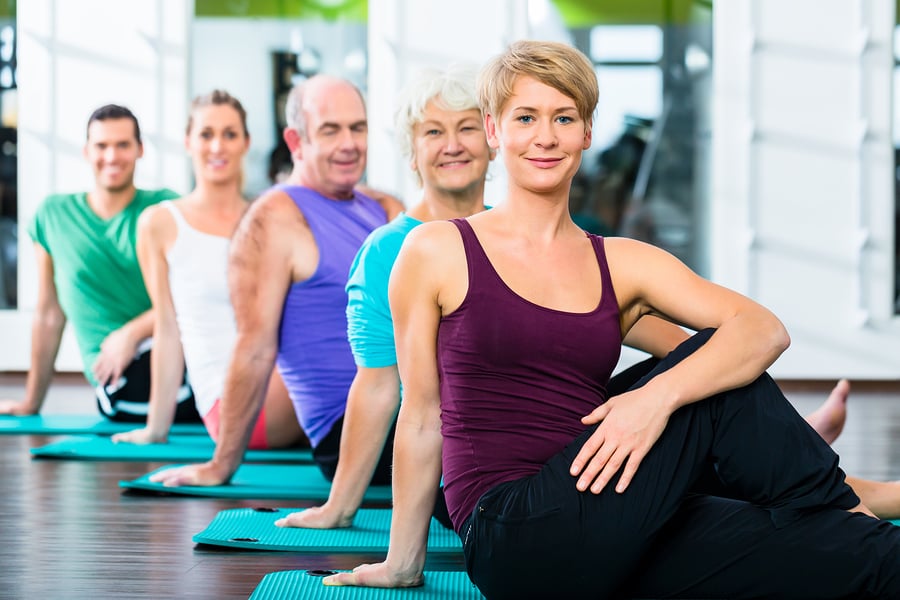The benefits of Pilates on body and mind
Exercise is important for everyone, but aerobic exercise can put a lot of strain on the heart, lungs and joints.
For people over 50, Pilates can be a good alternative to aerobic sports as it’s a lower impact regime but with huge benefits.
Pilates has become one of the world’s leading physical fitness systems over the last 50 years and it shows no sign of waning. But what exactly is Pilates – and what are its benefits?
Regular pilates practise can help improve posture, muscle tone, balance and joint mobility, as well as relieve stress and tension.
Pilates explained
In many ways, Pilates is similar to yoga, the ancient Indian physical and spiritual practice that’s now very popular in the west. But Pilates is a much more recent invention, and was developed by the German Joseph Pilates in the early 20th century. Like yoga, it is typically taught in classes of varying sizes, and each student has a soft oblong mat on which various routines are performed.
Essentially, Pilates exercises help to condition the body, improving muscle strength, flexibility and balance, and helping to develop a strong centre. There are six Pilates principles:
- Centring
- Control
- Flow
- Breath
- Precision
- Concentration
If you attend a Pilates class, you’ll find that the variety of exercises you have to perform will incorporate these principles in various combinations. So by the end of your class – which usually lasts around an hour – your body will have engaged in all six principles.
As in yoga, breathing plays an especially important role, with students encouraged to breathe in deeply through the nose and out through the mouth, expelling all hair from the lungs. Try closing your eyes and practising this routine for a few minutes to test if you would enjoy Pilates. For some people, simply breathing in this manner helps them re-connect with their body and can bestow a sense of calm.
Who can do Pilates?
Perhaps the primary reason behind the popularity of Pilates is that anyone can do it. You don’t have to be flexible to start a Pilates class, because that’s what you’ll be taught when you get there. Pilates is a challenging discipline, but it’s not about beating somebody else’s best run time or an opposing team. It’s about re-connecting with your body and understanding its strengths and weaknesses. So it’s ideal if you want to pursue a form of exercise that’s rigorous and fulfilling, but simultaneously relaxing.
One of the main focuses of Pilates is spinal and pelvic alignment. As a result, it’s particularly popular with pregnant women and women who have just given birth. Its muscle-strengthening benefits mean that it is also very beneficial for over 50s. That’s because, as you get older, you start to lose muscle mass and engaging with a regular Pilates routine will help strengthen those muscles in the long-term.
Remember, Pilates is not a competition: if your body refuses to get into a particular position or your joints hurt, you don’t need to continue that particular exercise. It’s about knowing your body’s limits and getting the best out of it without causing yourself pain.
If you’re still undecided, you can find out more about Pilates from reputable sources like the BBC and the NHS. But perhaps the best way is simply to find a drop-in class in your area, and see first-hand if Pilates is for you.
Have you tried a Pilates class? Would you recommend it to a friend?
Disclaimer




















